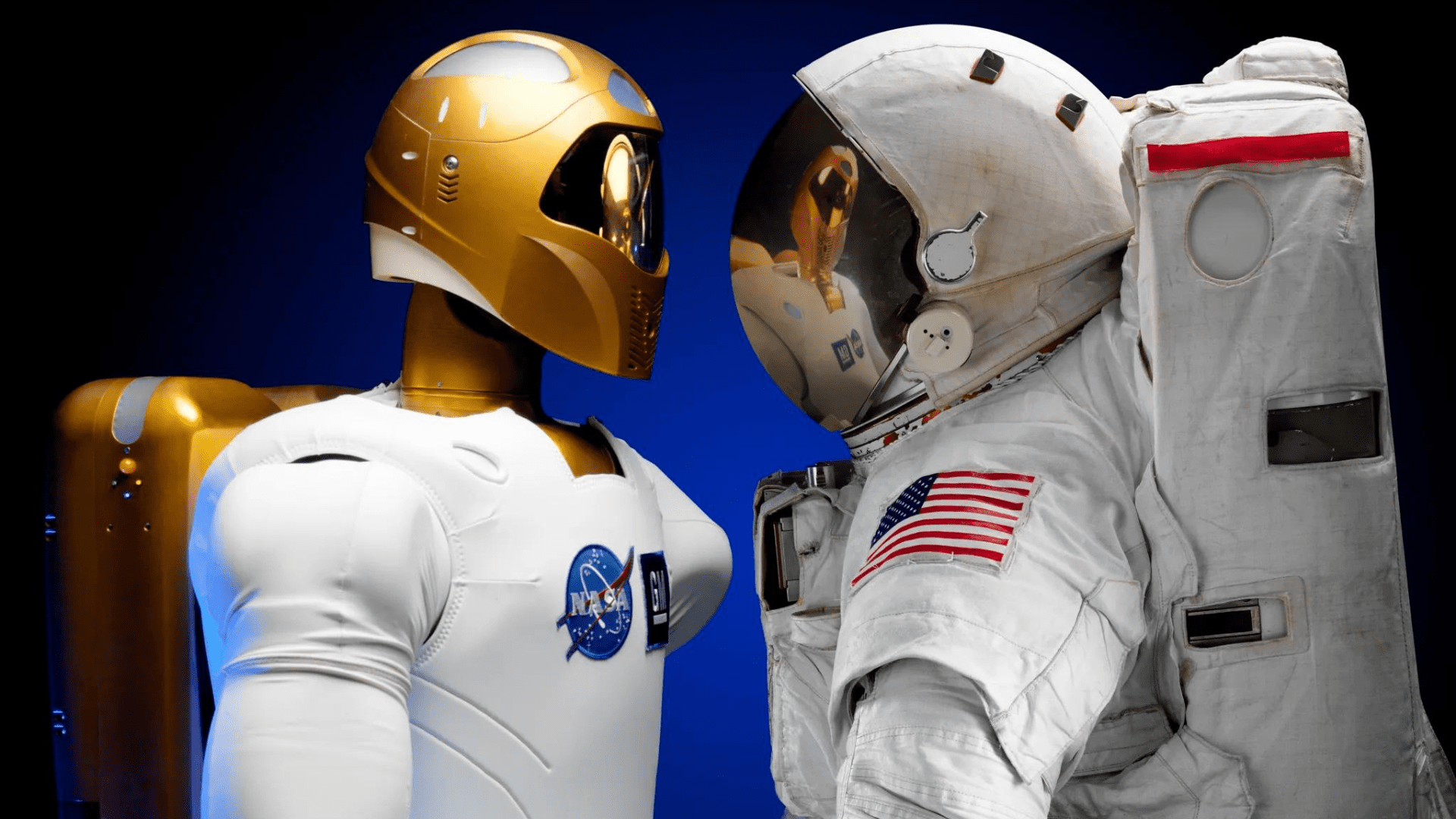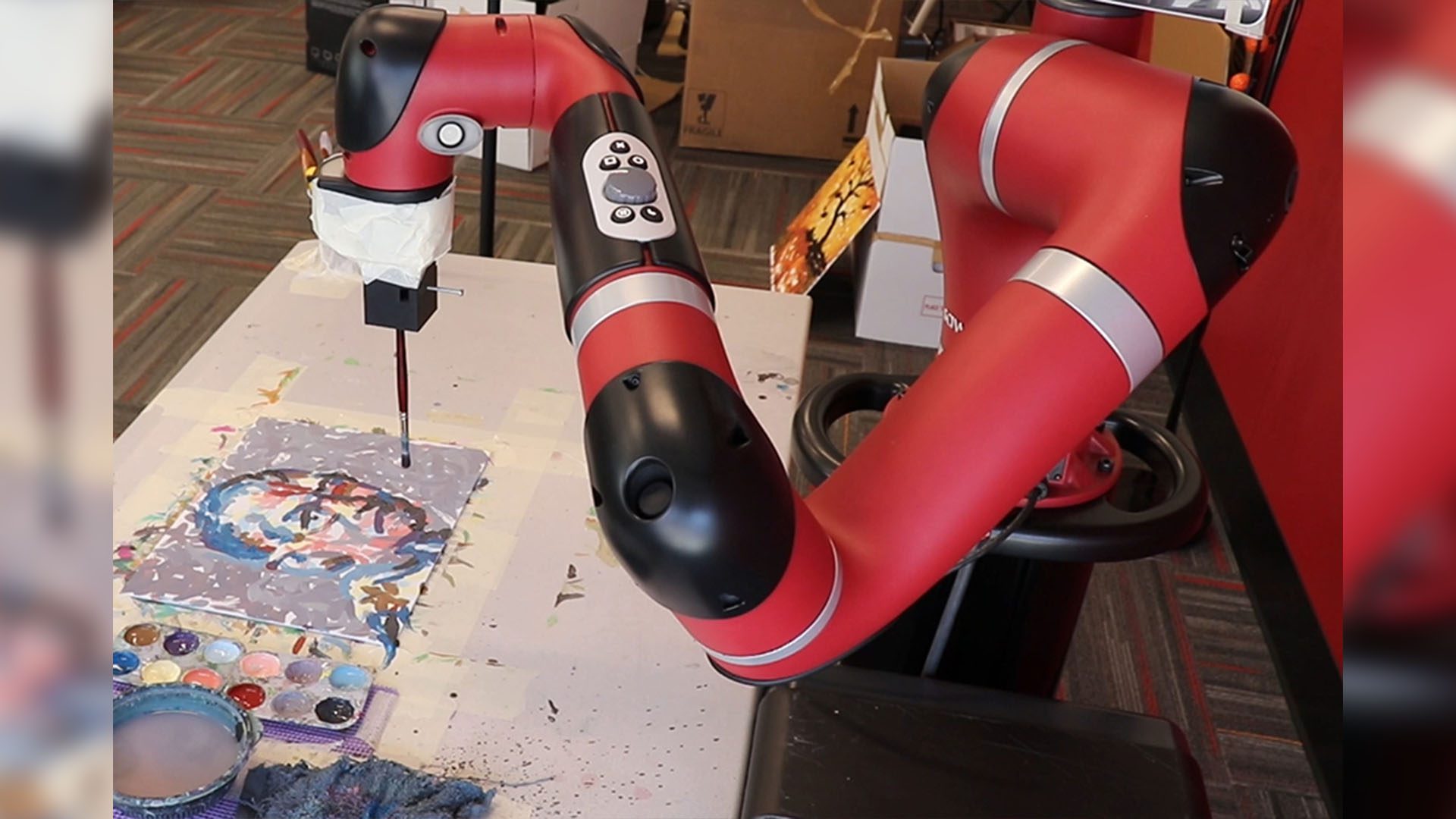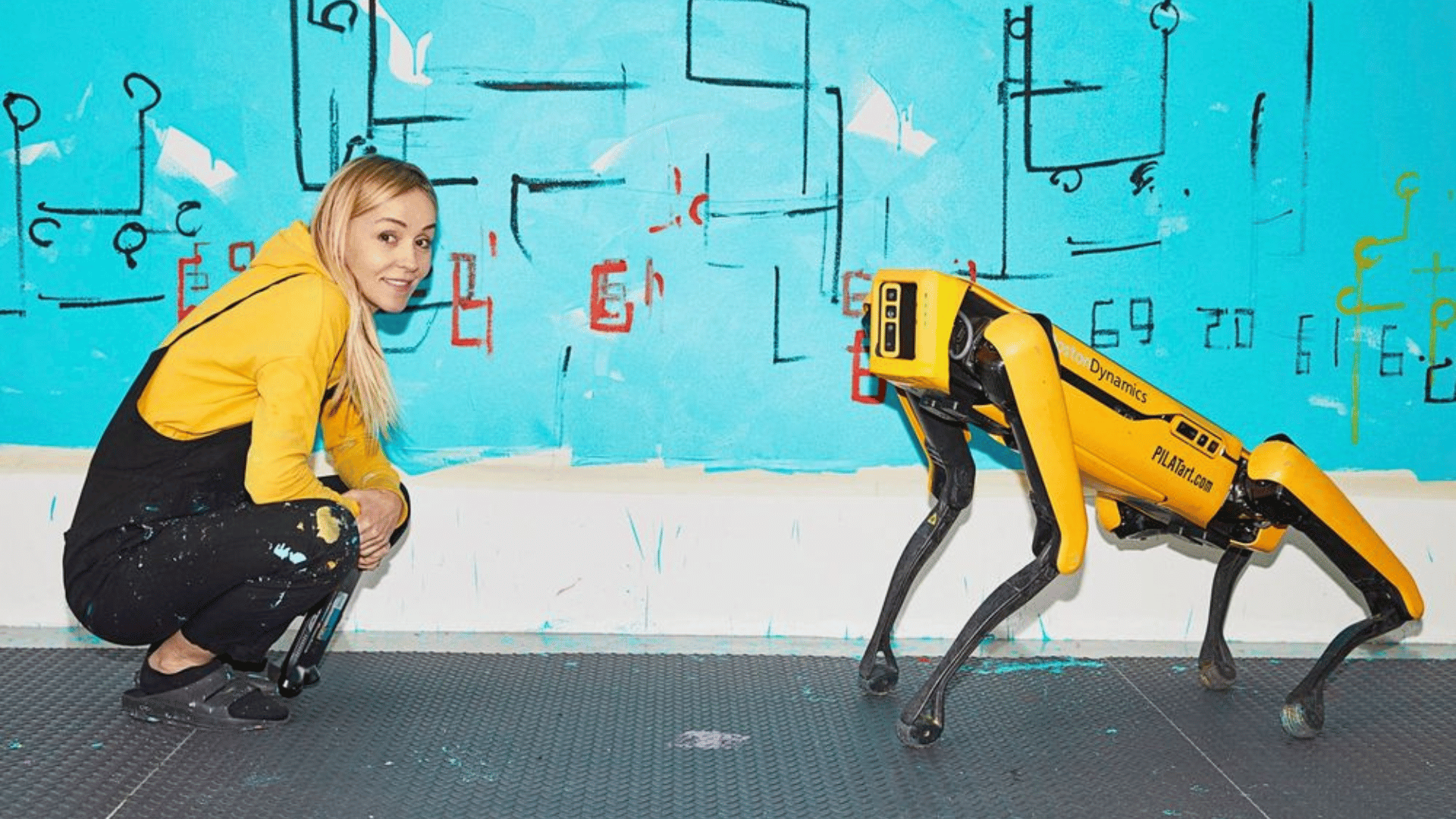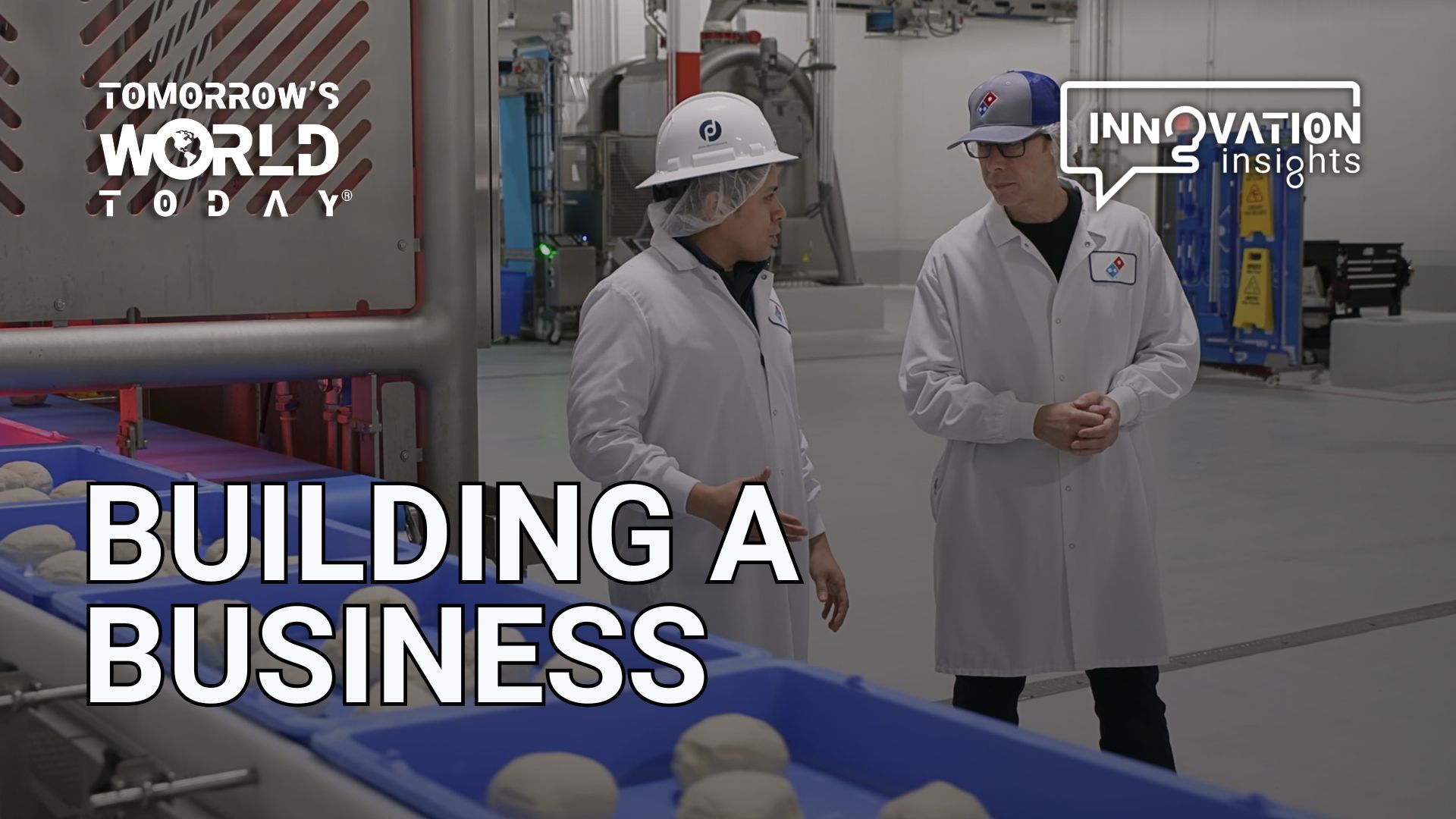During a study, researchers from Universidad Complutense de Madrid (UCM) and Universidad Carlos III de Madrid (UC3M) discovered a development in the world of artificial intelligence and robotics. They say there’s a deep learning-based model that enables a humanoid robot to sketch pictures. These robots even mimic the creative process that artists commonly use.
Robot Artist
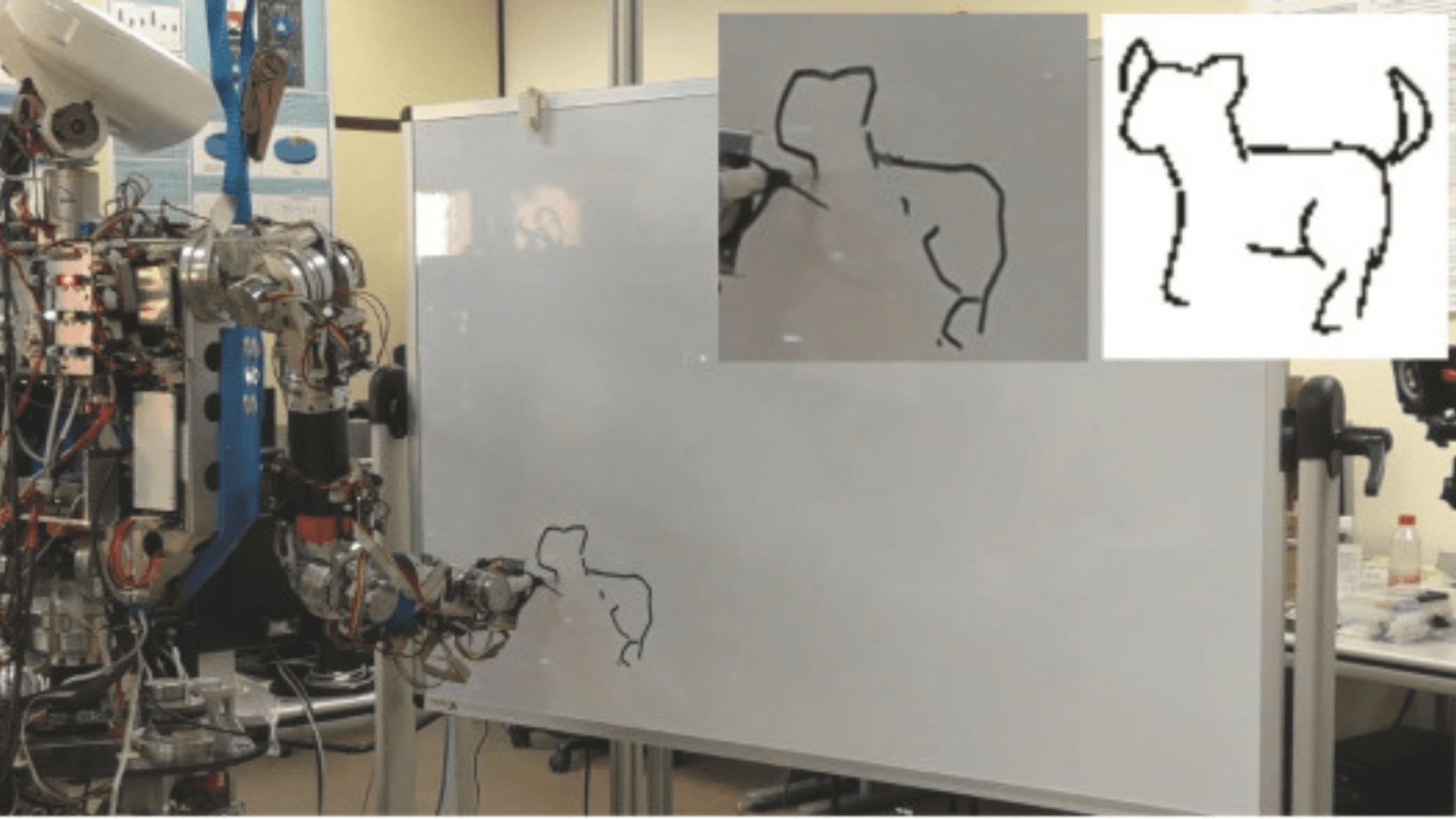
This isn’t like most AI-generated art either. Typical paintings or drawings from AI use algorithms. This humanoid robot uses deep reinforcement learning techniques for each stroke of the brush. Similar to how humans draw and analyze their work. According to one of the co-authors of the study, the goal isn’t to create a mechanical Picasso that paints masterpieces. They just wanted a physical robot painter capable of creating simple art.
Inspiration for the study comes from previous research. They focus primarily on the potential for a Quick Draw Dataset for robotic painters and incorporate Deep-Q-Learning. This helps execute complex paths with emotional features. Results include a robotic sketching system that uses Deep-Q-Learning to plan the actions of the robot. This allows the robot to complete difficult tasks across a diverse environment.
The robot’s architecture is made up of three interconnected networks. First, there’s a global network that extracts high-level features. Second, a network captures low-level features around the painting position. Third, an output network that navigates the next painting positions. Two additional channels guide the training process and enhance the robot’s sketching skills.
Explore Tomorrow's World from your inbox
Get the latest science, technology, and sustainability content delivered to your inbox.
I understand that by providing my email address, I agree to receive emails from Tomorrow's World Today. I understand that I may opt out of receiving such communications at any time.
Simulating Human Skills
To simulate a human’s painting skills, the team uses a random stroke generator. When they apply a Deep-Q-Learning system, it addresses overestimation issues. Also, the team put in a reward function for training.
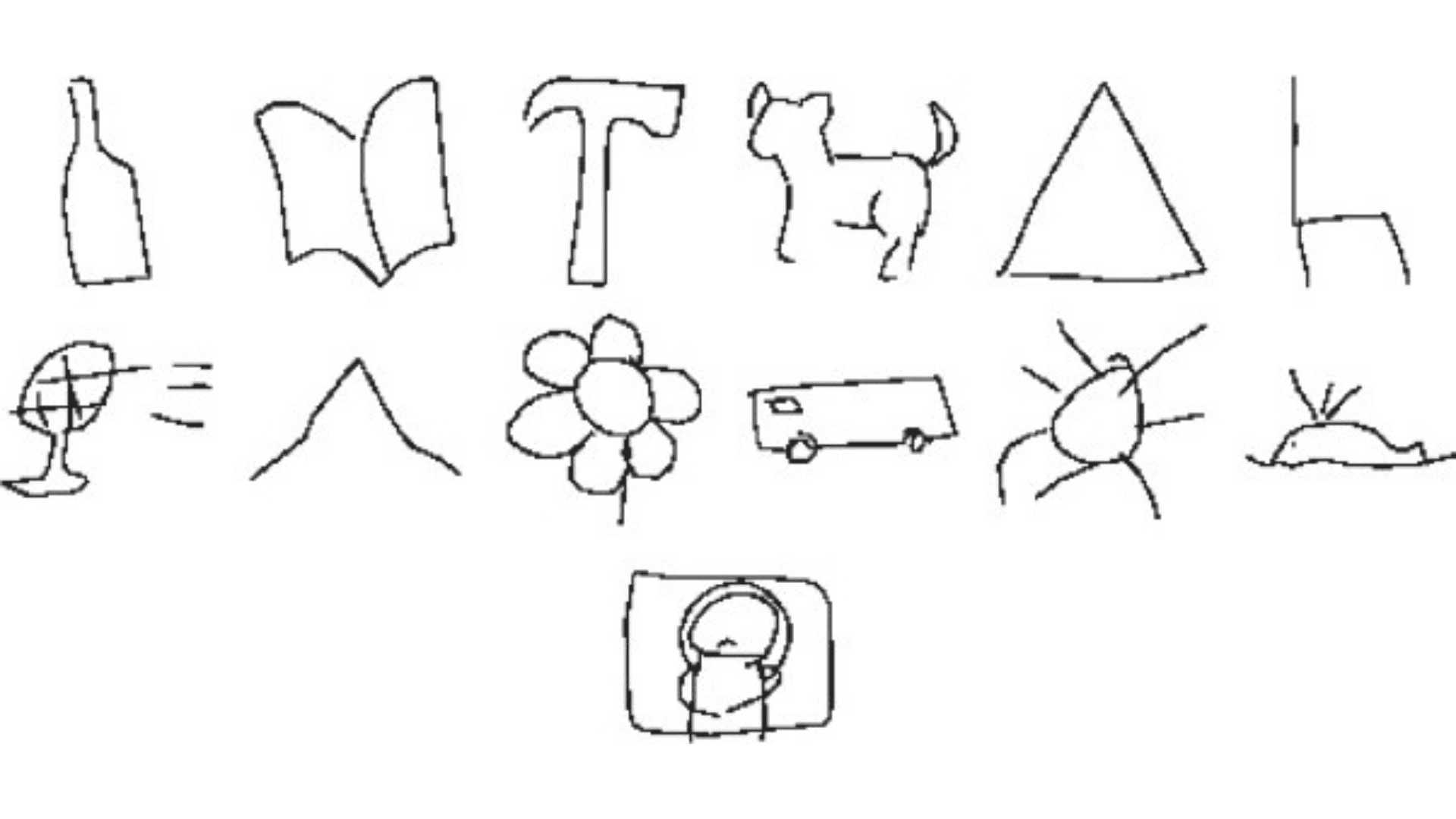
Once again, the painting robot is not making masterpieces. It’s painting drawings on a canvas based on AI models. For example, the photo above shows different works of art from the humanoid robot. There are small illustrations that include a wine bottle, a doodle of a dog, and a flower among others. The last one shown is interesting. It’s the robot’s interpretation of the Mona Lisa. While it’s not close to Leonardo da Vinci’s, it’s fascinating to think about the robot understanding the concept and making its own version.
We’ll cut the robot some slack on the quality of work and focus on the innovation and ability to put a robotic twist on art. As for the future? The authors of the study hope the findings enable robots to take on challenging tasks. Specifically, they want robots to learn how to adapt to increasingly complex tasks. They believe as technology continues to improve, the cross between AI and robotics can provide innovative problem-solving applications.



